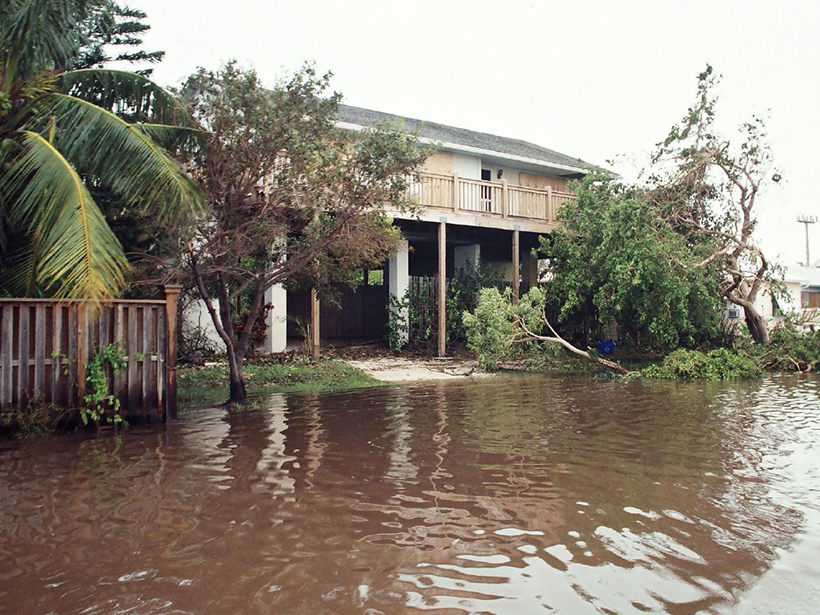America’s Great Climate Exodus Is Starting in the Florida Keys. The scale of managed retreat required to relocate residents of coastal areas vulnerable to impending sea level rise is difficult to comprehend. “By the end of the century, 13 million Americans will need to move just because of rising sea levels,” according to one estimate. The migration is under way in some parts of the United States, but progress is slow going.
—Timothy Oleson, Science Editor
Forest Thinning Projects Won’t Stop the Worst Wildfires. So Why Is California Spending Millions on Them? I was surprised to learn that Paradise, Calif., had already thinned much of its surrounding forest before the Camp Fire. And yet this line of defense couldn’t stop the tragedy that killed 86 people. If thinning forests may not be the most important line of defense against fires, why is California investing so much money in it? This article gives me a lot to think about.
—Jenessa Duncombe, Staff Writer
“Glass Pearls” in Clamshells Point to Ancient Meteor Impact.

A million years ago—maybe much longer—a meteor hit Earth and smacked debris into the air, causing microscopic pieces to settle into clamshells and encase themselves in glass. An undergrad science student on summer fieldwork came across the tiny “weird” objects and 15 years later published work tracing the likely origin of these “glass pearls.” Science is fantastic.
—Heather Goss, Editor in Chief
The Mirpur Earthquake in Pakistan: Images of Lateral Spreading. As pointed out by Dave Petley in The Landslide Blog, the Mirpur earthquake was small but shallow, which caused a larger area to experience “high peak ground accelerations.” This violent surface shaking causes liquefaction (surface soil layers lose stiffness and coherence due to the shaking), which leads to the lateral spreading seen in photos from the area of the epicenter in Pakistan.
—Liz Castenson, Editorial and Production Coordinator

Two years ago, the first interstellar object, 1I/‘Oumuamua, paid a quick visit to our solar system. Amateur astronomer Gennady Borisov spotted the second. Unlike its predecessor, 2I/Borisov—“2I” stands for “second interstellar”—is on its way into the solar system, and astronomers will have months to study its properties.
—Kimberly Cartier, Staff Writer
Unfurling the Waste Problem Caused by Wind Energy. What the heck do you do with the fiberglass blades from old wind turbines that have reached the end of their service life?
—Nancy McGuire, Contract Editor

Lightning lights up the Midwest in this breathtaking 3-minute video documenting 2 years of storm chasing.
—Caryl-Sue, Managing Editor
Citation:
(2019), Climate refugees, thinned forests, and other things we’re reading, Eos, 100, https://doi.org/10.1029/2019EO134495. Published on 26 September 2019.
Text © 2019. AGU. CC BY-NC-ND 3.0
Except where otherwise noted, images are subject to copyright. Any reuse without express permission from the copyright owner is prohibited.

